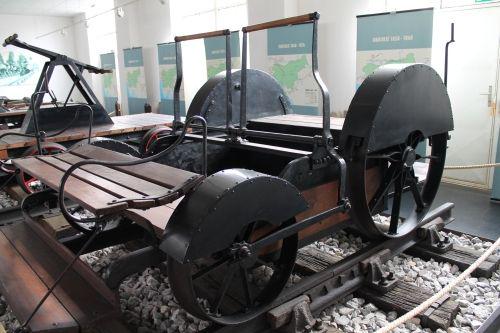
In 1846, Slovenia suddenly became a smaller place. That was the year when the first railroad came to the Slovenian part of the Hapsburg Empire. The event ushered in the era of modern communication and shaped Slovenian history for years to come.
Today, the story of trains is Slovenia is on display at the Slovenian Railway Museum in Ljubljana. The idea of preserving the country’s railroad heritage dates back to the 1960s, at a time when modern Diesel locomotives were rapidly replacing steam engines, and train enthusiasts were becoming concerned that an important part of Slovenia’s technical heritage could be lost forever. But it wasn’t until 1981 that the Slovenian Railway Museum opened in a former railroad boiler room.
Today, the museum occupies a much larger area, including a historic roundhouse - a large platform where locomotives were once serviced. In a former workshop, visitors can find a full-scale replica of a railroad office from Austro-Hungarian times, giving visitors a chance to travel back in time to an age when extensive rail networks had to be operated without the benefit of modern technology. Also on display are various maintenance vehicles, tools used by railroad personnel, and equipment used to coordinate train networks - ranging from the telegraph to more modern communication devices of the postwar era.
But the museum’s steam-powered engines are undoubtedly the biggest stars. The oldest - a small Austrian StEG locomotive - dates back to 1861, the very dawn of train travel in Slovenia, while the most recent ones - large locomotives from the last years of the stream age - were built after World War II. By seeing how the locomotives changed through the years, visitors get a sense of how technological advances shaped the face of transportation through the years.
The museum provides an invaluable look at the glory days of train travel. But transportation by rail is far from becoming history in Slovenia: After years of decline - and the abolition of many rail lines throughout the country -, railroads are back on the political agenda, and decision makers are increasingly aware of the role of trains role in the future of transportation. The introduction of new trains and of state-of-the-art technology will ensure that the Slovenian Railway Museum will be able to expand its collection for years to come.

































































